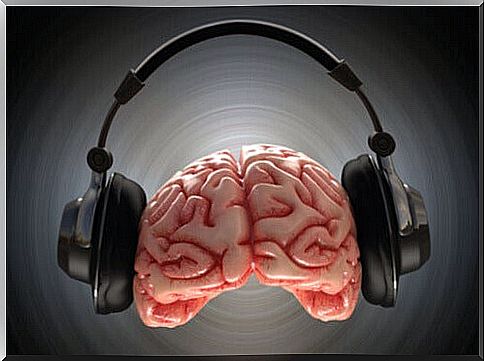Are Binaural Sounds Really Good?

Some people define binaural sounds as the new “technological medicine”. The objective of the auditory phenomenon is to create in our brain a feeling of three-dimensionality. This effect is achieved by generating two types of slightly different sound frequencies in each ear through the headphones. Thus, we end up perceiving a third sound, the one which causes a series of sensations at the same time.
Calm, well-being, tickling, sensory stimulation… This type of experience varies a lot from one person to another, but what seems clear is that it hardly leaves anyone indifferent.
There are no 100% conclusive studies that support its effectiveness. Thus, binaural rhythm therapy is currently in the experimental phase. However, thousands of people are already using this practice on a daily basis to relax, reduce insomnia, improve concentration, or simply experience the pleasure of the sensation.
The I-Doser website , created by a psychologist specializing in audio and music, defines binaural sounds as something addicting that produces enormous pleasure. It would therefore be the new digital medicine. Sure, sounds have an impact and can improve mood, but that’s still a guess.
Let’s take a closer look at this topic.

Binaural sounds, a historical phenomenon
Binaural sounds come from the fact that the right and left ears receive a slightly different frequency tone, but the brain, on the other hand, perceives them as a single tone, more accelerated and more pleasant. For example, hearing a frequency of 120 Hertz (Hz) in one ear and 132 in the other would produce a binaural beat of 12 Hz.
However, something that seems so technical, in reality, is not a new topic for the world of science. It was in 1839 that Heinrich Wilhelm Dove, a Prussian physicist, discovered it himself. He realized that something as simple as hearing constant tones reproduced at slightly different frequencies in each ear causes the person to perceive a different sound. Dr Dove defined this as a “binaural beat”.
Since then, this type of experiment has been used experimentally in clinical settings. Attempts have been made to see if this improves the quality of sleep and at the same time reduces feelings of anxiety. The results vary widely, showing us over the decades that it works for some and leaves others indifferent.
However, let’s see what science tells us.
Binaural sounds to reduce anxiety or the sensation of physical pain
Some people use binaural sounds with the idea of reducing their anxiety. Other people, those who suffer from pain from injuries, joint problems or even migraines, also use this type of therapy.
Thus, in a study carried out at the Department of Behavioral Sciences of the National University of Distance Education (UNED), Dr. Miguel García found a medium degree of effectiveness.
Binaural beats were only effective in a limited number of patients. After two weeks with a listening time of 20 minutes, 26% of the sample reduced their level of anxiety and pain perception thanks to binaural sounds.

Binaural therapy for insomnia
More prominent is the research papers on binaural sounds applied to patients with insomnia problems. Studies like the one conducted at the University of Romania support its effectiveness in one specific aspect: it can help us find rest sooner.
Regarding the fact of avoiding frequent awakenings or for a more restful and deeper quality of sleep, there is no conclusive data to date. Again, differences appear, there are those for whom it has improved their quality of life by promoting nighttime rest. However, there are also others which do not show improvement.
Relaxation and mood enhancement
Listening to binaural sounds for 10 minutes every day at a frequency of 6 Hz can improve our mood. It works by generating a sensation in our brain that simulates a meditation session. The person therefore feels more relaxed, receptive to their environment and with a feeling of serenity and balance capable of improving motivation and positivity …
All of this describes a series of improvements that may seem very interesting to us. However, we highlight what most research tells us: there is a lot of variability. More work is needed to understand what changes this produces in the brain so that there is someone who benefits so significantly from this type of therapy.
The fact that the data is not conclusive does not detract from its interest. In addition, we can test the experience to find out what particular sensations each of us receives.
You just need to have good speakers and play any of the videos you can find on Youtube on this subject… It is never unnecessary to immerse yourself in the curious world of sounds.










